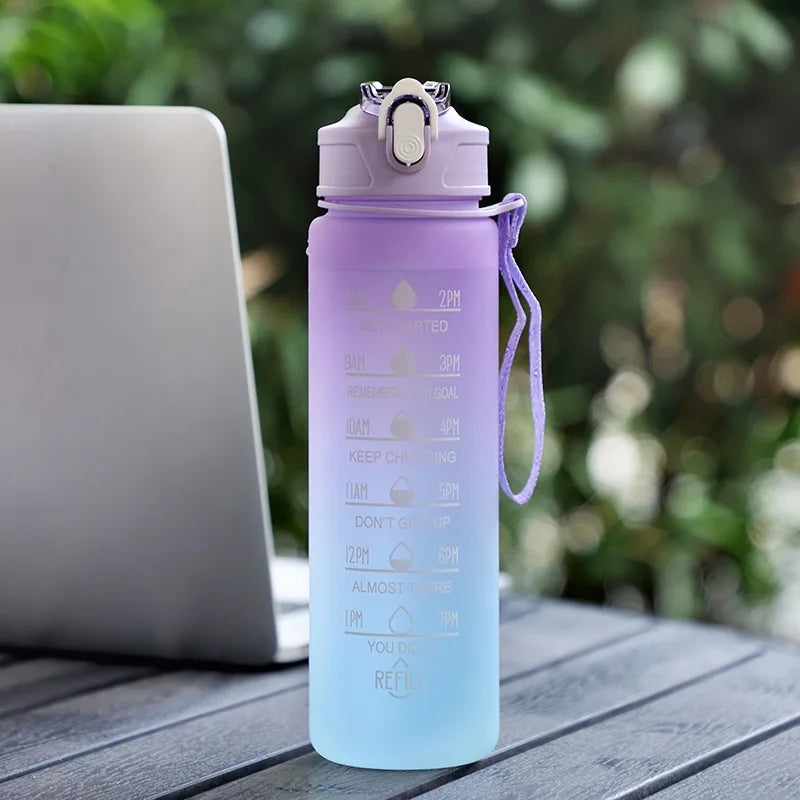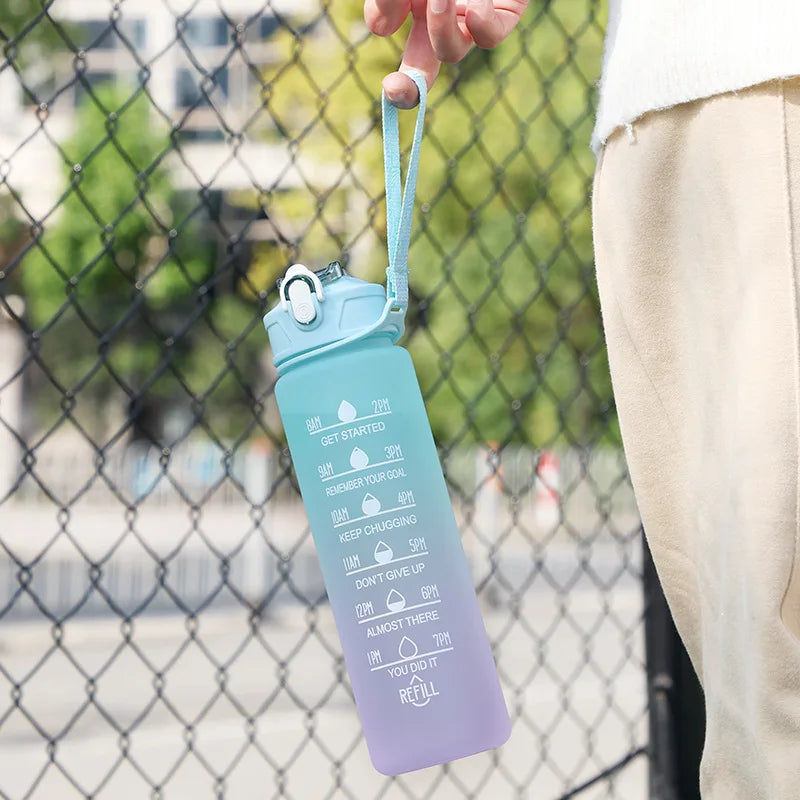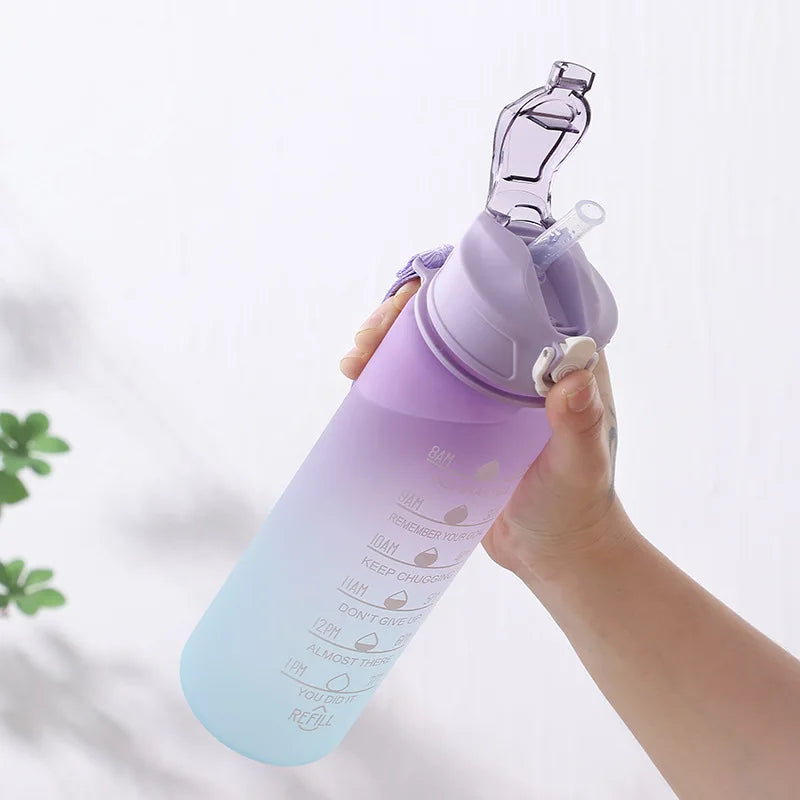
How to Get the Most Out of Your Silicone Scar Sheet
Why use silicone scar sheets?
Silicone scar sheets have become the gold standard in the field of scar treatment. These silicone strips for scars are a popular option because they are a non-invasive treatment for an old condition.
However, there are some insider tips and tactics that can help you get the finest outcomes. In this detailed guide, we'll cover every aspect of silicone gel sheets for scars so that you may make the most of them.
A Deep Dive: The Science Behind Silicone Scar Sheets
Understanding the mechanics of a product often leads to better utilization. Silicone scar sheets, also known as silicone gel sheets for scars, work in a multi-pronged manner:
- Hydration: These sheets trap moisture, ensuring that the scar tissue remains hydrated, leading to smoother, less noticeable scars.
- Protection: They act as a protective shield against physical trauma and harmful UV rays.
- Collagen Regulation: By normalizing collagen synthesis, silicone sheets ensure that scars heal in a regulated, flat manner.
![]()
Steps to Maximizing Efficiency
Ensuring that your silicone scar sheets work to their fullest potential requires a little effort:
- Clean and Prep: Before application, clean the scar area. This will ensure optimal adhesion and minimize the risk of trapping any dirt.
- Customize the Fit: If the silicone sheets for scars are too large, feel free to trim them. Just ensure that they cover the entire scar with a bit of margin around it.
- Smooth Application: When applying the silicone scar sheet, make sure there are no wrinkles or air bubbles.
- Consistent Use: Wear the silicone gel sheets for a significant portion of the day. Consistency is the secret to seeing quicker and more profound results.
- Regular Maintenance: Replace the silicone scar sheets when they lose their adhesive properties or according to the manufacturer's recommendation.
![]()
Pairing with Medical Grade Scar Sheeting: Strips
If you're serious about scar management, consider our premium Medical Grade Scar Sheeting: Strips. These strips are designed with precision, incorporating all the benefits of silicone gel sheets for scars, and then some.
They offer unparalleled adhesion, ensuring that the scar remains protected and moisturized at all times.
When More is More: Combining Treatments
Silicone scar sheets are mighty in their right, but when paired with complementary treatments, their efficacy can skyrocket. Consider:
- UV Protection: While the silicone sheets offer some protection, always consider extra sun protection if the scar is exposed.
- Hydration: Drinking ample water can help in keeping the skin supple, aiding the scar healing process.

Safety & Precautions: Doing it Right
Though silicone is generally deemed safe, it’s always wise to exercise caution:
- Check for skin reactions periodically. If any irritation occurs, consult a dermatologist.
- Wait for wounds to completely close before applying silicone sheets.
- For recent scars or post-surgery scars, always get a go-ahead from your medical practitioner before starting any scar treatment.
In Conclusion: The Journey to Scar-Free Skin
Achieving smoother, less visible scars is a journey, one made easier with tools like silicone scar sheets. With the tips above and the added power of our Medical Grade Scar Sheeting: Strips, you're on a surefire path to better scar management.
Remember, consistency is key, and the rewards of diligent care will be evident in the results.
References:
https://www.ncbi.nlm.nih.gov/pmc/articles/PMC4486716/
General Disclaimer: All information here is for educational purposes only and is not meant to cure, heal, diagnose nor treat. This information must not be used as a replacement for medical advice, nor can the writer take any responsibility for anyone using the information instead of consulting a healthcare professional. All serious disease needs a physician.
















